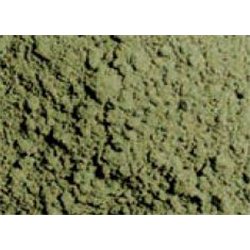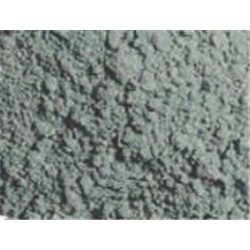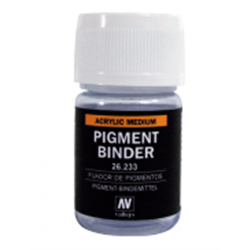There are a number of different options for attaching figures such as a horse and rider to a layout. Perhaps the...
No products
Product successfully added to your shopping cart
There are 0 items in your cart. There is 1 item in your cart.
Search Tips
What are the advantages of using weathering powders?
Weathering powders are a great way to bring an extra dimension of realism to a model. There is a wide range of manufacturers who are producing weathering powders. Some manufacturers concentrate on producing individual colours or tones, whereas others specialise in producing a range of colours to suit a specific subject, e.g. armour or locomotives.
A modeller can utilise a wide variety of weathering techniques to bring a weathered or tired look to a model, such as chipping and washing. Weathering powders are another option that can be utilised to bring out various effects such as accumulated dirt, oil stains, mud deposits and rust to mention but a few. One of the big advantages of using powders is they can be deployed over most types of finish but work especially well on matt surfaces. Carefully applied, they can also produce stunning results on a wide variety of models including locomotives, buildings, aircraft and vehicles.
Differing powders can be mixed to bring a variety of tones and effects to a model. They are applied using a brush to the desired area. The best technique is to use them sparingly to build up the desired effect, so it's good to practice first on scrap material before venturing onto a model. It is possible to achieve the effects of running oil or rust stains simply by using vertical strokes with a fine brush dampened with a little tap water. Powders are also very forgiving, in that overdone or unsatisfactory results can easily be removed by careful application of water.
It is important to apply a varnish when the weathering process is complete. This has the dual effect of locking in the weathering effects and paint scheme and also offers protection to the model, allowing it to be handled without damaging the weathering effects. A matt varnish is the best finish as this will protect the powders whilst allowing them to have the best visual effect. A clear or gloss varnish will protect the powders but the resulting shiny surface will reduce their visual effect.
Powders are a very versatile way of bringing a variety of different weathering effects to a model. They also work well in combination with other similar techniques such as washes. Why not try this effect on your next project?
Click here to receive the tips weekly in your mailbox. You can unsubscribe at any time.










